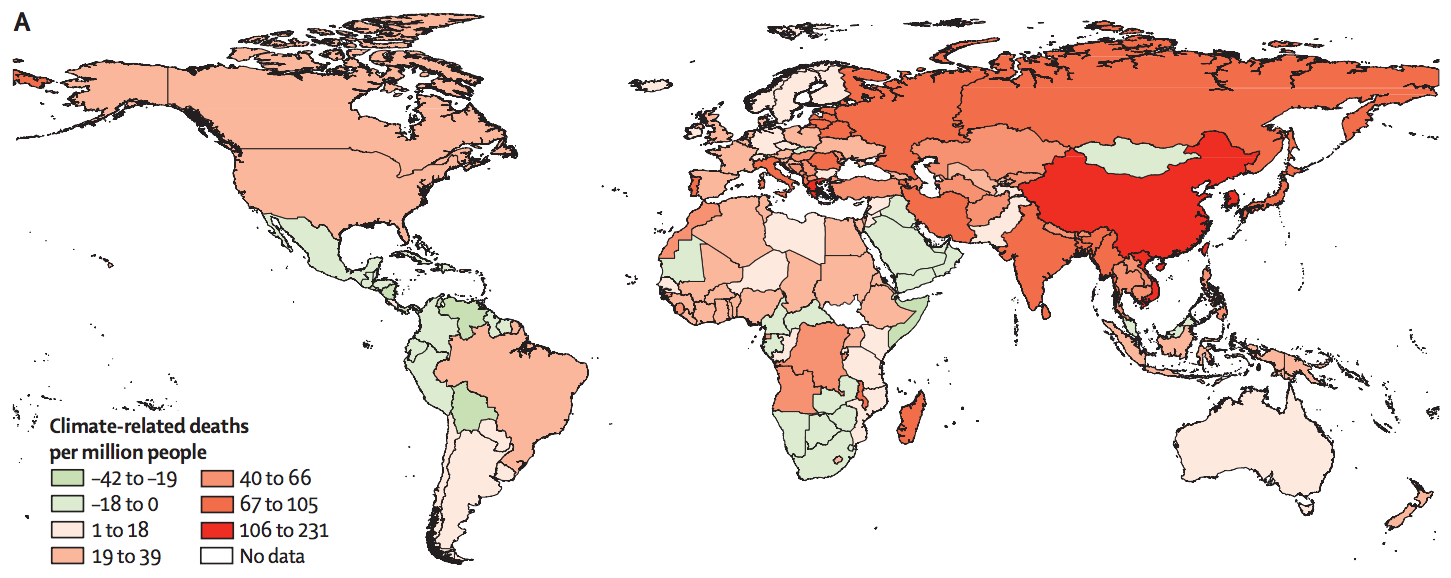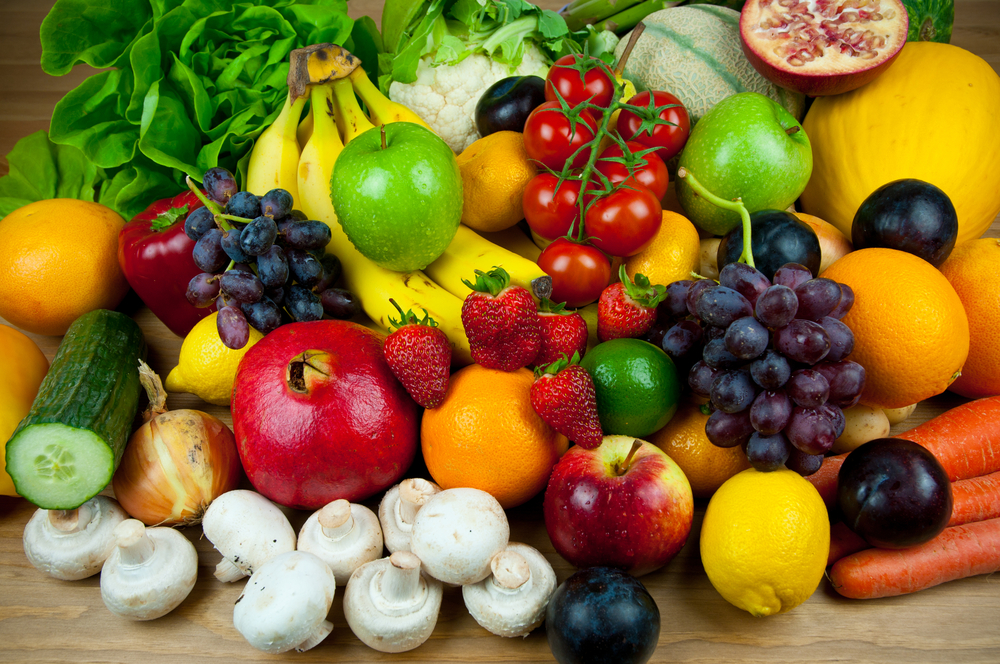Mapped: How climate change will slow progress towards curbing malnutrition
Roz Pidcock
03.02.16Roz Pidcock
02.03.2016 | 11:30pmAlterations to our diets as a result of climate change will cause more than half a million extra deaths by 2050, according to research published today in the medical journal, The Lancet.
While the number of people dying from malnutrition around the world is expected to fall in coming decades, scientists say the benefits will be partly counteracted by the impacts of climate change on the availability of fruit, vegetables and staple crops, such as wheat and sorghum.
The first-of-a-kind study by scientists at the UK’s Oxford Martin School predicts 529,000 extra deaths among adults by 2050 from health conditions linked to lack of food or poor diet compared to a world without climate change. This the strongest evidence yet that climate change could have damaging consequences for food production and health worldwide, say the researchers.
But the effects won’t be the same all over the world. The map below from the study shows how the projected impacts of rising temperatures and changing rainfall patterns on food and diet play out in 155 regions of the world, assuming emissions continue to rise at the pace they are now.

Extra deaths resulting from climate-induced food shortages or changes to diet by 2050, compared to a world without climate change. Source: Springmann et al., (2016)
Quantity and quality
To make the map above, the scientists combined the latest understanding of how changes to a person’s diet can affect their risk of a stroke, heart disease or cancer with model projections for how changes in temperature and rainfall are likely to affect yields of groundnuts, maize, potatoes, rice, wheat, sorghum and soybeans, as well as how red meat, fruit and vegetables are produced, consumed and traded around the world.
The novel part of the study is that it takes into account how changes in our diets – as once-staple foods can no longer be produced and are replaced by others – will affect the nutrition we get, on top of looking at how the total amount of food is likely to change in the coming decades.
The light green shading in the map above indicates the handful of regions in which the study predicts climate change will have a positive effect, saving more lives by 2050 than are expected with changes to farming practices and global trade alone.
It’s a complex picture but, overall, it is bad news. In most regions, climate change-induced food shortages and changes to diet lead to more deaths in 2050 (red shading) compared to a world that wasn’t warming.
Low- and middle-income countries in the Western Pacific and Southeast Asia will be hardest hit, according to the study, with more than a hundred avoidable deaths per million people by 2050. The highest death rates are expected to occur in China, Vietnam, Greece, South Korea and India.
On average, the new study suggests climate change will reduce the estimated amount of food available to each person by 3.2% in 2050, or 99 kcal per person per day. People are expected to consume 4% less fruit and vegetables each and 0.7% less red meat than they otherwise would.
Eating fewer fruit and vegetables has the biggest effect on health in the study, far outweighing the benefits from eating less red meat and reducing obesity. Globally, twice as many deaths in 2050 are expected to stem from eating less fruit and vegetables than from malnutrition, say the authors.
Cutting emissions would see fewer deaths from diet-related illnesses by 2050, the paper explains. If emissions are curbed steeply, such that global temperature doesn’t exceed 2C above pre-industrial levels, as laid out in the Paris Agreement, the number of extra deaths would fall by 71%, to around 153,000 more than in a world with no climate change.
Global effort
Today’s research is part of a huge effort globally to understand the impacts of climate change on human nutrition, says Prof Andy Challinor, researcher in climate impacts on food security at the University of Leeds, who wasn’t involved in the new study. He tells Carbon Brief:
But there are limitations to how accurately scientists can predict food availability in future, says Challinor. One reason is that as well as changes in the average annual temperature and rainfall, which today’s study looks at, the highs and lows from one year to the next are expected to get more dramatic, too, potentially making global food markets more unpredictable.
The new study also doesn’t include potentially major disruptions to food production caused by heatwaves, droughts, floods and other types of extreme weather. Challinor tells Carbon Brief:
The authors of today’s study also acknowledge that their estimates don’t account for the impacts of climate change on fisheries and aquaculture, changes to the nutritional value of the food itself or direct impacts of heat or water stress on livestock.
How climate change will affect the way we consume food, and the broader consequences for human health, is a multi-faceted problem that no single study can pin a precise number on. But today’s study highlights the potential scale of the problem, which it says is likely to dwarf any other known climate-related impacts on human health.
Main image: Fresh fruit and vegetables. Credit: stocker1970/Shutterstock.
Source: Springmann, M. et al., (2016) Global and regional health effects of future food production under climate change: a modelling study. The Lancet. DOI: 10.1026/S0140-6736(15)01156-3
-
Mapped: How climate change will slow progress towards curbing malnutrition


